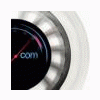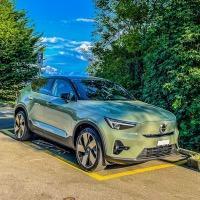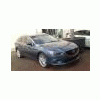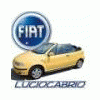Alfa Romeo Giulia Quadrifoglio 2016
Quanto ti piace l'Alfa Romeo Giulia 2016?
557 voti
-
1. Quanto ti piace l'Alfa Romeo Giulia 2016?
-
Molto285
-
Abbastanza86
-
Poco15
-
Per niente15
-
- Si prega di accedere o registrarsi per votare a questo sondaggio.
-
Contenuti simili
-
Non va bene Milano? Allora “Alfa Romeo Junior!” - [Fotoritocco & Proposte grafiche dal web e non] 1 2 3 4 54
Pubblicato da xtom,
- piattaforma large
- alfa 951
- (e 6 altri in più)
- 539 risposte
- 26297 visite
-
- 755 risposte
- 82433 visite
-
- 3060 risposte
- 629995 visite
-
-
-
























Messaggi Raccomandati:
Crea un account o accedi per lasciare un commento
Devi essere iscritto per commentare e visualizzare le sezioni protette!
Crea un account
Iscriviti nella nostra community. È facile!
Registra un nuovo accountAccedi
Sei già registrato? Accedi qui.
Accedi Ora